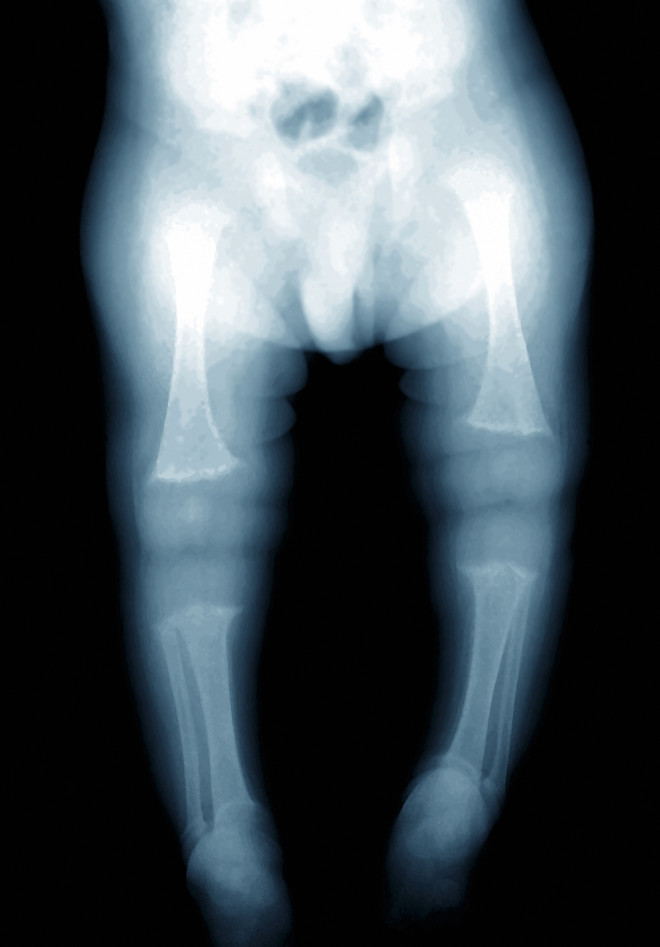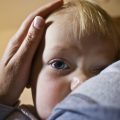 What are the symptoms of rickets in a child? Photo: Getty
What are the symptoms of rickets in a child? Photo: Getty
Causes of the disease, symptoms of the disease: rickets in a child
Vitamin D is responsible for normal phosphorus metabolismand calcium, so it is simply irreplaceable for the development of the skeletal system. This vitamin is produced in a special way. It not only enters the body with food, but in addition to this, it is produced in skin cells under the influence of ultraviolet light. The main causes of rickets:
Signs of rickets, rickets in children: a symptom in the photo
The nervous system is affected first. The symptoms of rickets in a child are as follows:
- tearfulness and anxiety;
- anxiety;
- bad intermittent sleep;
- tearfulness;
- excessive sweating;
- hair loss on the back of the head.
The last two symptoms are closely related.The baby sweats so much that in the morning the mother notices that the pillow near the head is damp or even wet. The sweat irritates the baby's delicate skin, and the baby is restless. In his sleep, he shakes his head, wiping the hair on the back of his head. Parents should immediately consult a doctor if they notice the following symptoms in the child:
If urgent measures are not taken, it will beginbone deformation. The legs are deformed into the shape of the letter X or O, and the pelvis in girls takes on an irregular shape. Other changes begin. The skull increases in size, and the ribs thicken. To clearly imagine what the symptoms of rickets in children look like, look at photos of sick babies. Then the disease begins to affect other organs. This provokes frequent vomiting, digestive disorders, abdominal pain. If the disease began before the age of one, the child begins to develop later, it is difficult for him to learn to move well. If a one-year-old child gets sick, he may even stop walking. Therefore, parents should be vigilant and start treatment in a timely manner. Read also:









